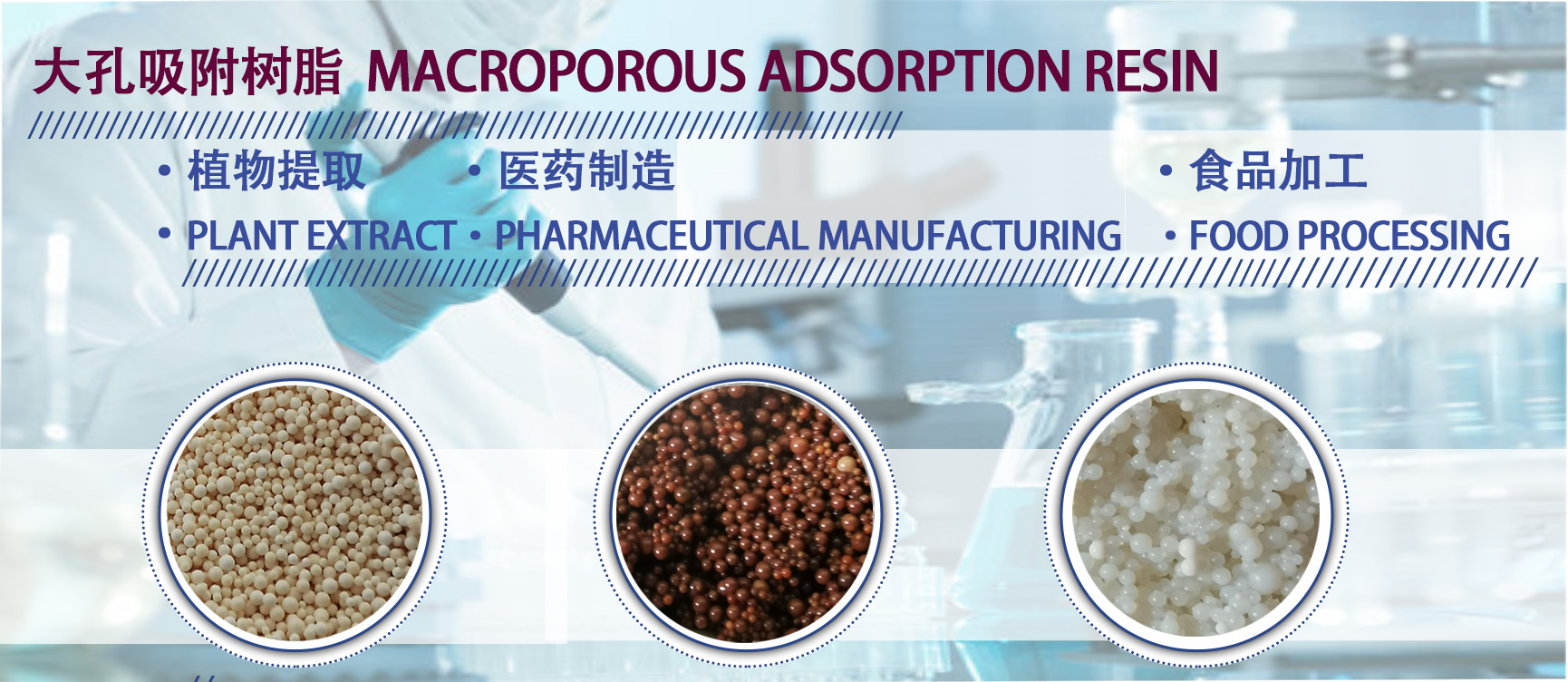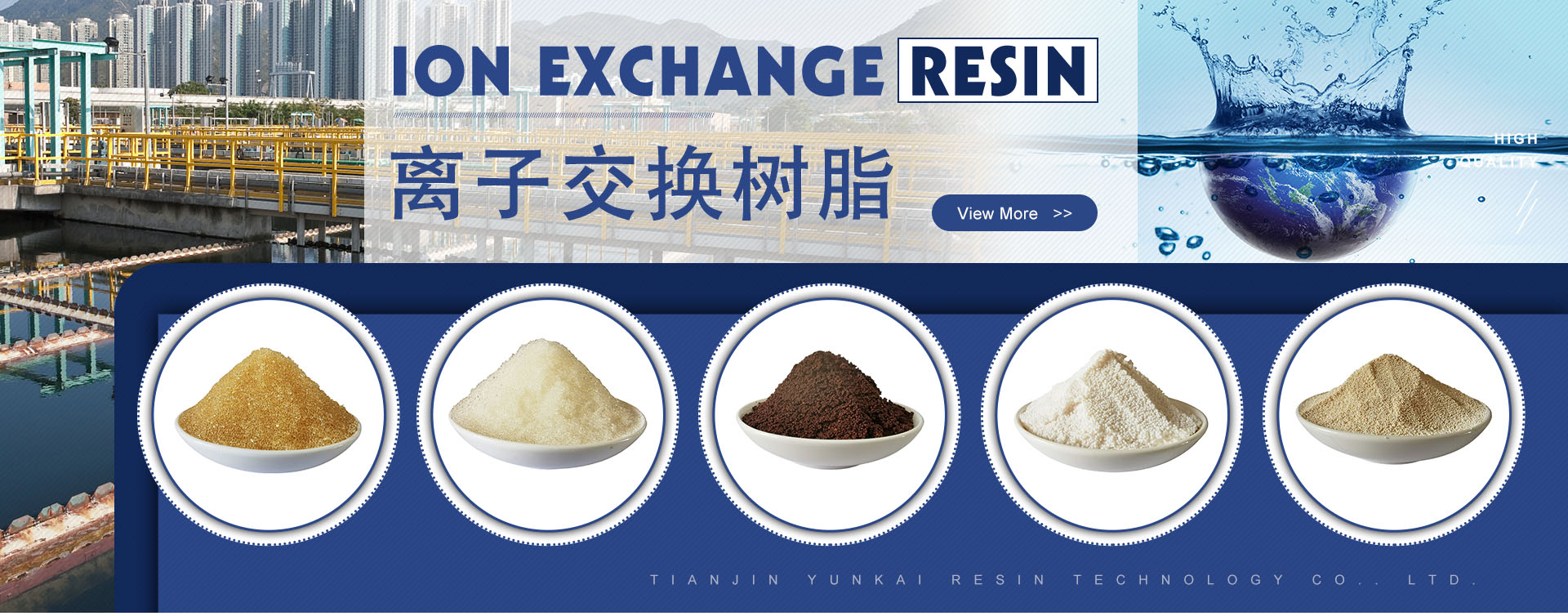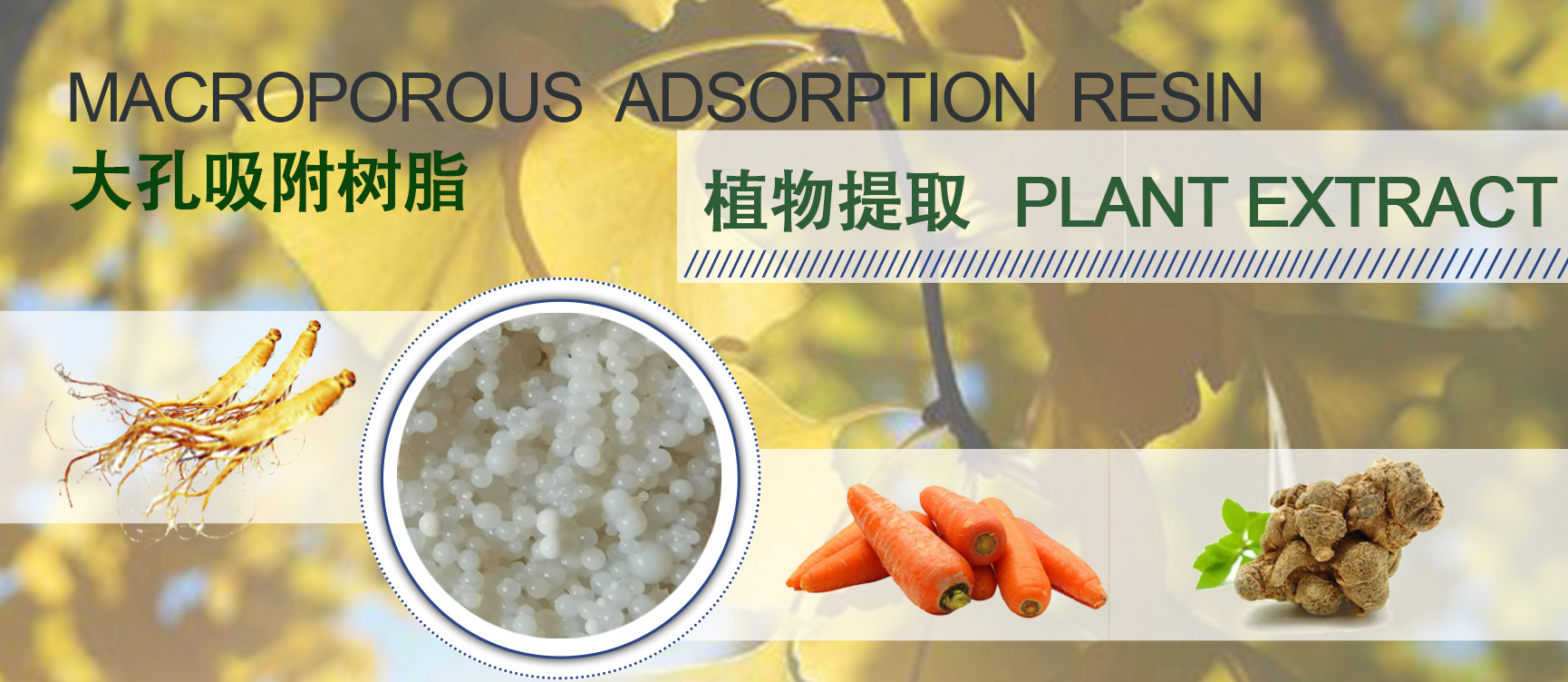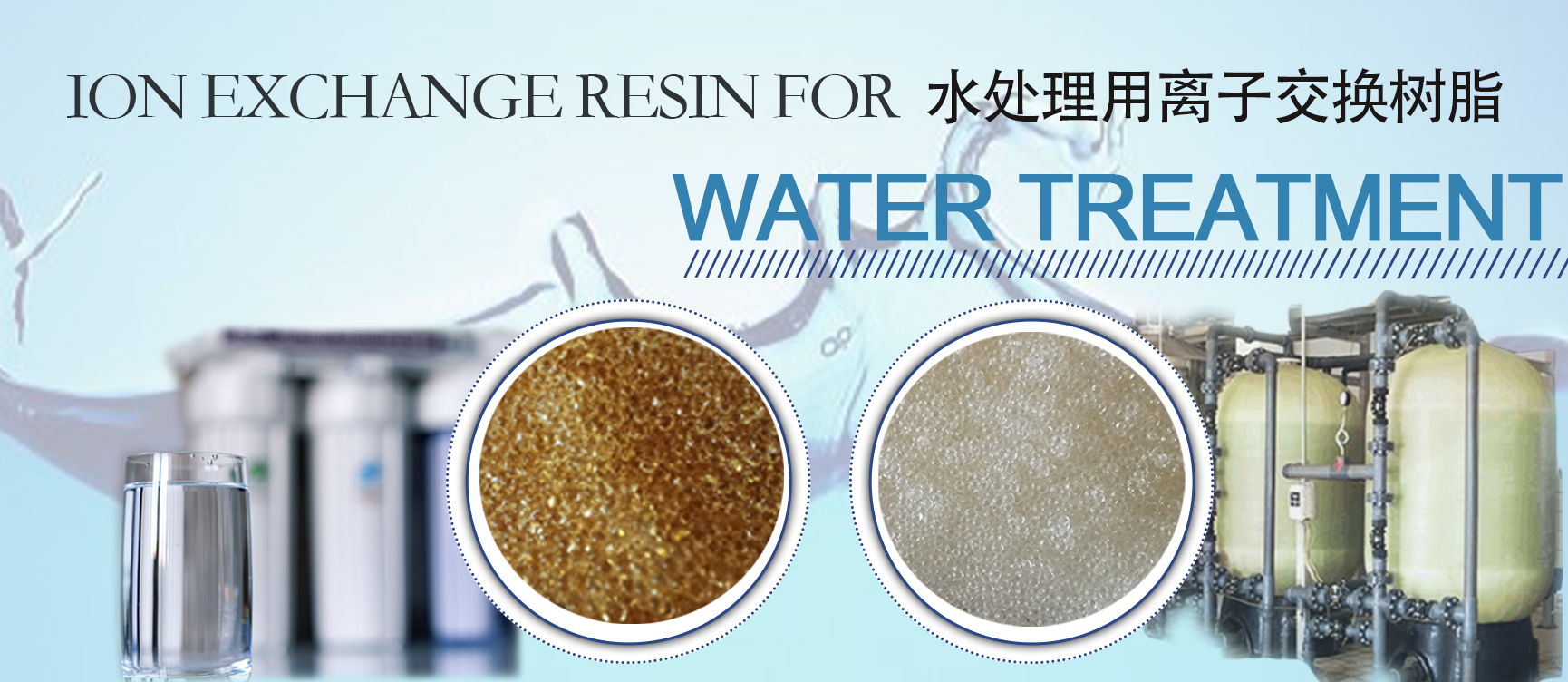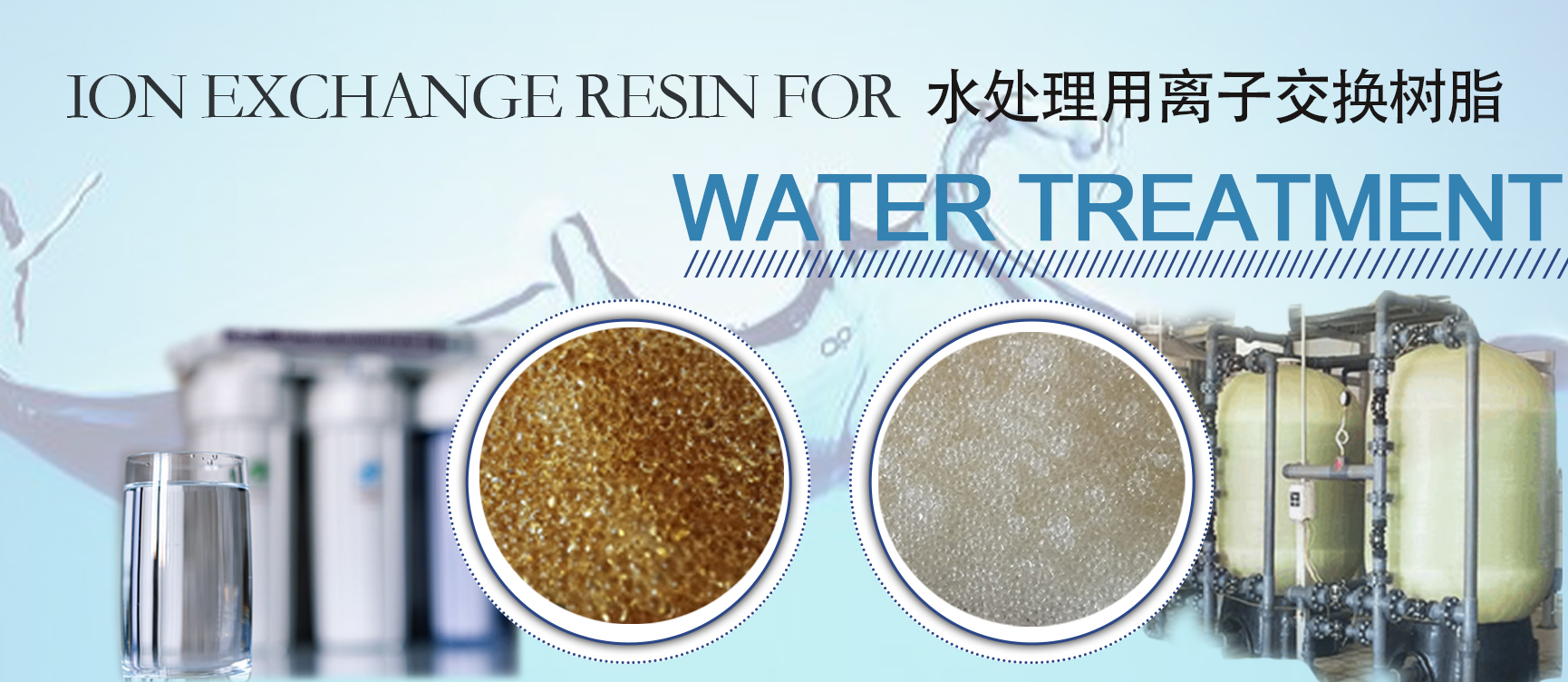Performance advantages of VOCs organic waste gas adsorption resin
VOCs organic waste gas adsorption resin can adsorb different organic substances, with an adsorption capacity far exceeding that of activated carbon. It is mainly used for the separation and recovery of volatile organic compounds (VOCs) in petrochemical and chemical industries, including alkanes (n-hexane, heptane, cyclohexane, etc.), haloalkane (acetone, butanone, methyl isobutyl ketone, cyclohexanone, etc.), lipids (ethyl acetate, butyl acetate, etc.) and other organic substances.VOCs adsorption resin YKQX-1 has the following characteristics:
1. High adsorption capacity: VOCs waste gas adsorption resins typically have larger pore sizes and surface areas, which can provide more adsorption sites and therefore have higher adsorption capacity.
2. High selectivity: VOCs exhaust gas adsorption resin can selectively adsorb different VOCs, with good differentiation, thereby reducing the adsorption of other gases.
3. High stability: VOCs waste gas adsorption resin usually has good chemical stability and mechanical strength, can be used in a wide temperature range, and can be reused for many times.
Compared to activated carbon, VOCs waste gas adsorption resin has the following advantages
1. Higher adsorption capacity and selectivity, easy desorption.
2. Better mechanical strength and stability, can be reused multiple times, and has a long service life without the need for overall replacement.
3. A wider range of applications, including higher temperature and humidity conditions.
However, the specific surface area of activated carbon is relatively small, the desorption performance is poor, the quality of recovered solvent is general, and the surface of activated carbon has catalytic function, which is easy to lead to a small amount of haloalkane decomposition to produce acid substances. Activated carbon fiber has high adsorption capacity, but is easy to be oxidized.
PREV:nothing...
NEXT:Application of a...

